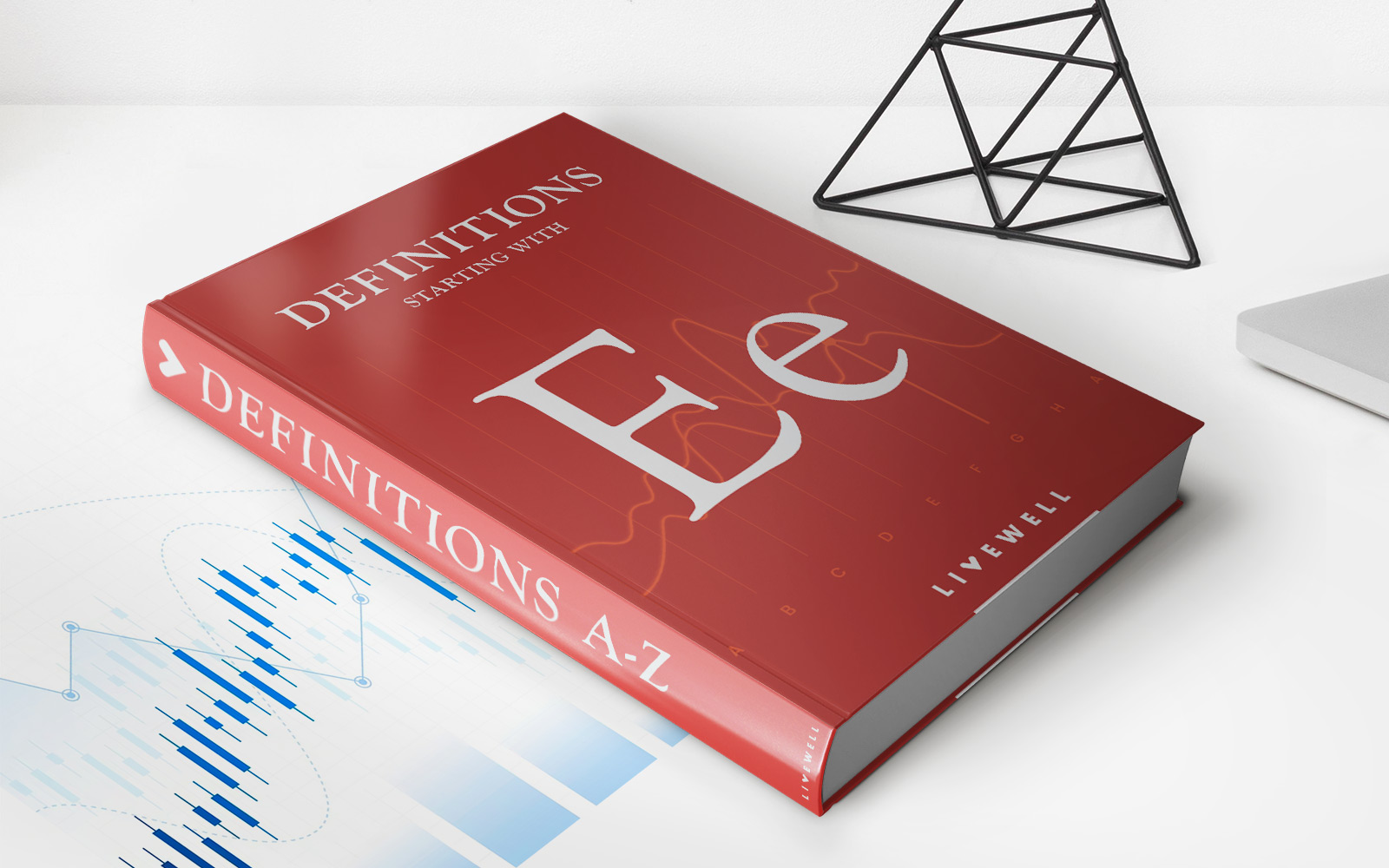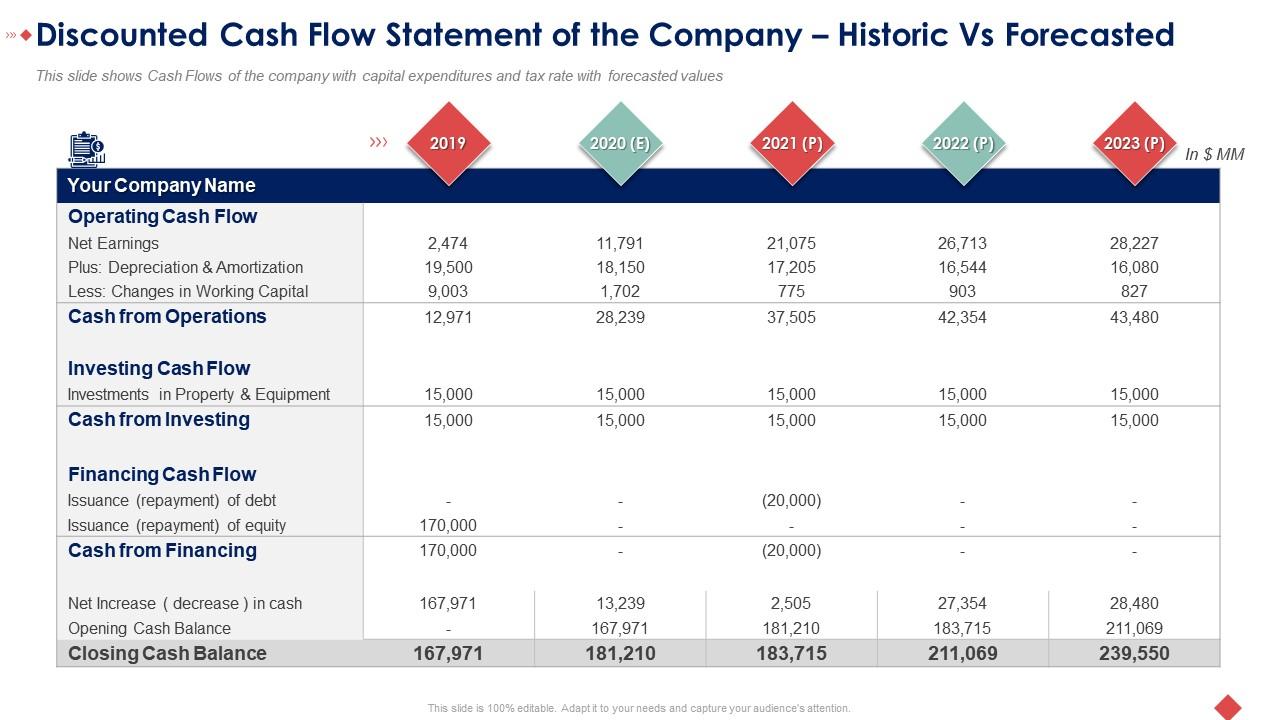Home>Finance>Depreciation Recapture: Definition, Calculation, And Examples


Finance
Depreciation Recapture: Definition, Calculation, And Examples
Published: November 11, 2023
Learn about depreciation recapture in finance, including its definition, calculation methods, and real-life examples. Understand its impact on your financial planning and investments.
(Many of the links in this article redirect to a specific reviewed product. Your purchase of these products through affiliate links helps to generate commission for LiveWell, at no extra cost. Learn more)
Understanding Depreciation Recapture in Finance
Depreciation recapture is a concept that often comes up in the world of finance, especially when it comes to taxes and the sale of assets. So, what exactly is depreciation recapture, how is it calculated, and why is it important to understand? In this blog post, we will delve into the definition, calculation, and provide examples to help you gain a better understanding of this financial concept.
Key Takeaways:
- Depreciation recapture is a tax provision that requires individuals to pay taxes on the gain realized from the sale of an asset that had previously been depreciated for tax purposes.
- The calculation of depreciation recapture involves determining the difference between the sale price and the asset’s adjusted basis, which includes any depreciation claimed in previous years.
Exploring Depreciation Recapture
Depreciation recapture is a tax provision that ensures individuals pay taxes on the gain they make when selling an asset that was previously depreciated. In other words, it aims to recapture the tax benefits received from deducting the asset’s depreciation over time.
The calculation of depreciation recapture involves determining the difference between the sale price of the asset and its adjusted basis. The adjusted basis takes into account any depreciation claimed in previous years. This adjusted basis is the cost of the asset minus the accumulated depreciation taken over its useful life.
So why is depreciation recapture important? Understanding the implications of depreciation recapture is crucial because it can have a significant impact on your tax liability when selling assets. By understanding the calculation and planning accordingly, you can make informed financial decisions and potentially minimize your tax burden.
Calculation of Depreciation Recapture
Now that we know what depreciation recapture is, let’s walk through the steps to calculate it. The calculation typically involves the following:
- Determine the depreciation claimed: Start by identifying the total amount of depreciation claimed on the asset over its useful life.
- Calculate the adjusted basis: Subtract the total amount of depreciation claimed from the original cost or basis of the asset.
- Determine the sale price: Determine the sale price at which the asset is being sold.
- Calculate the depreciation recapture: Subtract the adjusted basis from the sale price. If the result is positive, this represents the amount subject to potential depreciation recapture.
It’s important to note that the specific tax rules and rates for depreciation recapture may vary depending on your country and jurisdiction. Consulting with a tax professional or financial advisor is recommended to ensure compliance and to fully understand the implications based on your individual circumstances.
Examples of Depreciation Recapture
Let’s take a look at a couple of examples to further illustrate the concept of depreciation recapture:
Example 1: John purchased a piece of equipment for his business five years ago for $20,000. He claimed $4,000 in depreciation expense each year. After five years, John decides to sell the equipment for $15,000. To calculate the depreciation recapture, he would follow these steps:
- Depreciation claimed: $4,000 x 5 = $20,000
- Adjusted basis: $20,000 (original cost) – $20,000 (depreciation claimed) = $0
- Sale price: $15,000
- Depreciation recapture: $15,000 (sale price) – $0 (adjusted basis) = $15,000
Example 2: Emily purchased a rental property for $200,000. Over the years, she claimed a total of $40,000 in depreciation. She decides to sell the property for $250,000. The calculation for depreciation recapture would be as follows:
- Depreciation claimed: $40,000
- Adjusted basis: $200,000 (original cost) – $40,000 (depreciation claimed) = $160,000
- Sale price: $250,000
- Depreciation recapture: $250,000 (sale price) – $160,000 (adjusted basis) = $90,000
Remember, these examples are simplified for demonstration purposes, and actual calculations may involve additional factors and tax considerations.
Conclusion
Depreciation recapture is an important concept in the world of finance, particularly when it comes to taxes and the sale of depreciated assets. By understanding the definition, calculation, and examples of depreciation recapture, you can navigate the complexities of taxation and make informed financial decisions.
Key takeaways to remember:
- Depreciation recapture requires individuals to pay taxes on the gain from the sale of depreciated assets.
- The calculation involves determining the difference between the sale price and the adjusted basis of the asset.
While depreciation recapture can be complex, consulting with a tax professional or financial advisor can provide you with the guidance you need to ensure compliance and make the most of your financial strategies.














